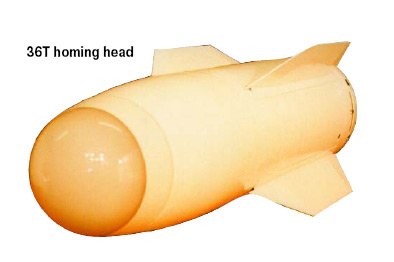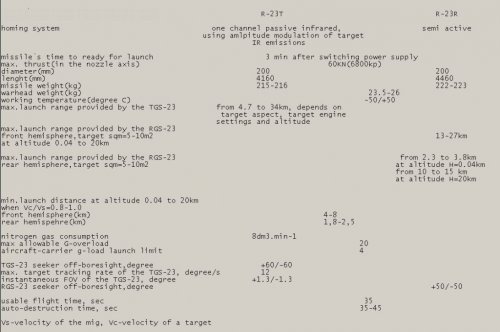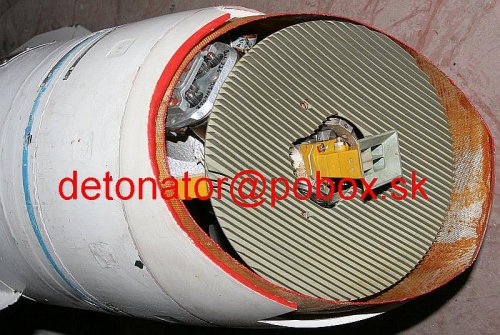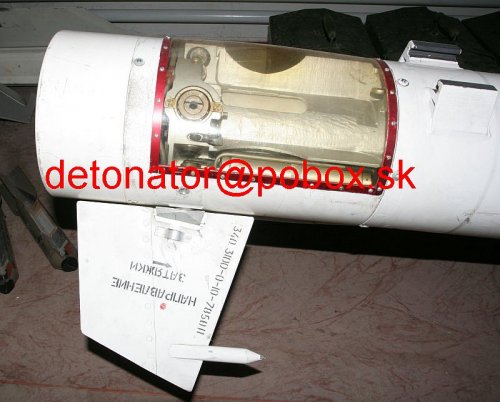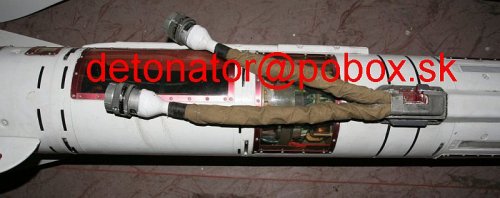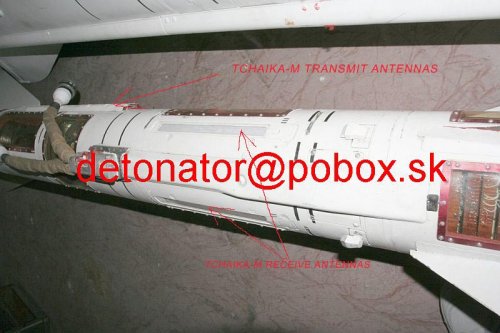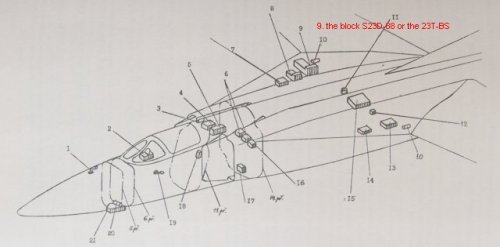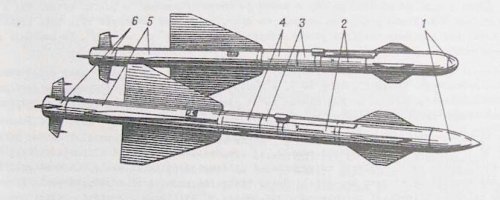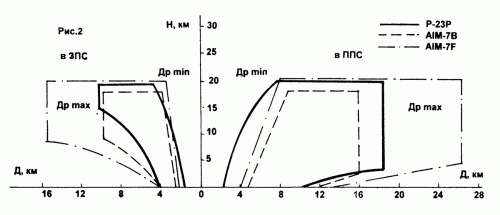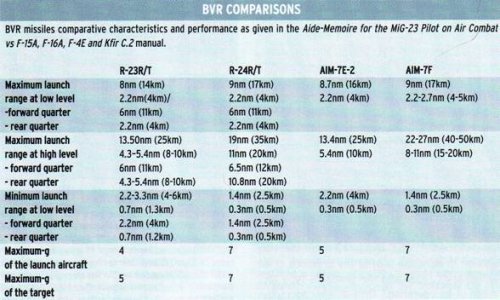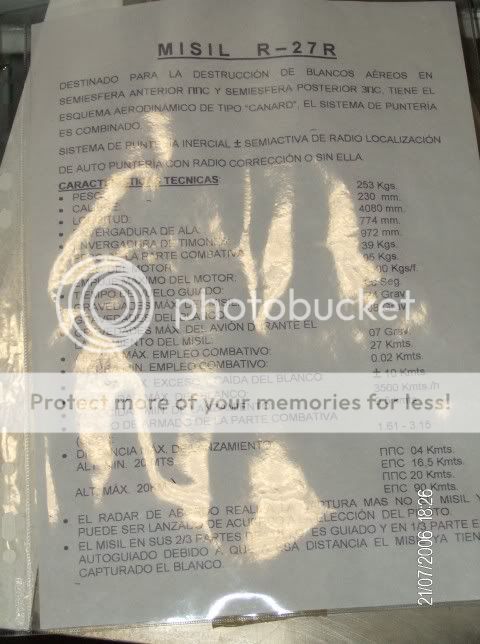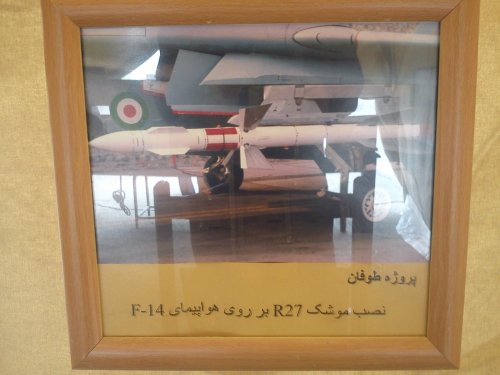[...]Occasion, in order to in earnest examine the need for the yearly flights of lipchan into Mari, was “two” for the combat training, which in Mari placed the commission of the main inspection of Defense Ministry (GI MO), headed by Major General of aviation K. A. Korotjukom, to 145 Fighter Aviation Regiment, which was being stationed in Ivano-Frankovske (14 VA, red banner Kiev military district), which in the number of first air units obtained the tactical fighters 4th generation MiG-29. As it was explained, in the course of checking pilots this regiment do not burn on the gone with the exceeding radio-controlled targets La-17, shooting UR R-27 near the boundaries of the range of their application.
Although the analysis of sarppogramm showed that all flight conditions and launches of rockets completely answered the parameters, recorded under the technical specifications for the application of this type of weapons of destruction, commission GI MO and Major General K A. Karatjuk remained inflexible. The latter was generally characterized by the highest exactingness of podchinjonnym and it was considered not what authorities, but in the period in question it was generally subordinated directly to Minister of Defense. At the same time it clear realized that, according to the large calculation, to present claim to the crew of regiment not for which, about than reported to the chief of the combat training IA VVS the Colonel V.A. Kashirovu.
Analyzing the prevailing situation, the Colonel OF V.A. Porridgeditch here sent in GLITS im. V. P. Chkalov the senior inspector- pilot Colonel P.O. Chernysh, who in the practical flights with the launch of rockets was convinced of the fact that the possibilities of destroyer and its weapon must be refined. However, the latter could be made not after one-two flights, but according to the results of entire test series, whose conducting could be charged only to experienced pilots, the capable of not only not only carrying out this fairly complicated task, but also of analyzing each launch. It is understandable that the best candidature, than Lipetsk, for the solution of this research problem simply it was not. At the same time, in the course of double-sided LTU, it was intended to verify very legislators of procedures in the skill to realize its recommendations under the conditions of the rigid opposition with the crew of 1521 air base. Being honest and fundamental man, Colonel V.A. Kashirov with good reason solved, that “once of instruction on the combat employment were written by the specialists of center, then to confirm declared characteristicsi ABK must precisely they, and it is desirable in the presence of the representatives of developers…”.
It is necessary to note that a similar situation occurred already for the far from first time. In 1976 during launchings UR of short distance R-60 with IR GSN on the aircraft MiG-23 the pilots of 1521 air base noted the regular shutdowns of the engines of aircraft. Let us note,
that R-60, developed by OKB MZ "Molniya" and taken for the armament in 1974 g., did not have equal according to the mass-dimensional characteristics (more than twice it was more easily American “Sidewinder”), but its creation was considered as considerable achievement, since it, according to the idea, provided the considerably larger possibilities of our destroyers in the close maneuverability battle, than old R-13M. when in two years it was explained that MiG-23 (basic at that moment sovestskij tactical fighter) to employ these rockets it does not can, began large trial with the participation of all interested persons and organizations.
Then it was necessary to withdraw entire (!!) from the combatant regiments the reserve of rockets of this type and to gather it in Akhtubinske, where were begun the scale tests, in course of which from onboard of each destroyer were shot four rockets in each departure on those radio-controlled by targets! Was done this, in order, in the first place, to explain why this became possible, and to, in the second place, understand that it is necessary to make, in order to the engines not flameout. It is necessary whether to indicate that the this entire extremely expensive “firework” was arranged for the people money, moreover somebody not long before this obtained rewards, titles and orders. In the process of tests it was soon explained that the report of the progress of tests was written with the crude violations of the existed procedures of altogether only after several launchings.
So to lipchane they proved to be as those checked in Mari, and after by their destroyers MiG-29 strips touched chassis Tu-154, on which to the base of profit the representatives of almost all basic OKB, which worked on fighter aircraft. In the course of a series of experiments it was rapidly explained that developed OKB MZ “Vympel” the controlled intermediate range rocket R-27 with semi-active RL GN and IR GSN (considered as answer to American AIM-7F “Sparrow”) it does not answer according to its characteristics by declared in the documentation given, and not only does not exceed from the basic parameters American ammunition, but also it sufficiently noticeably is inferior to it. To the honor of the colleagues of OKB MZ “Vympel” it is necessary to say that they within the completely compressed periods prepared for the series production the improved versions of rocket (R-27RE and R-27TE), which completely overlapped American article from all parameters and with the significant reserve.[...]

